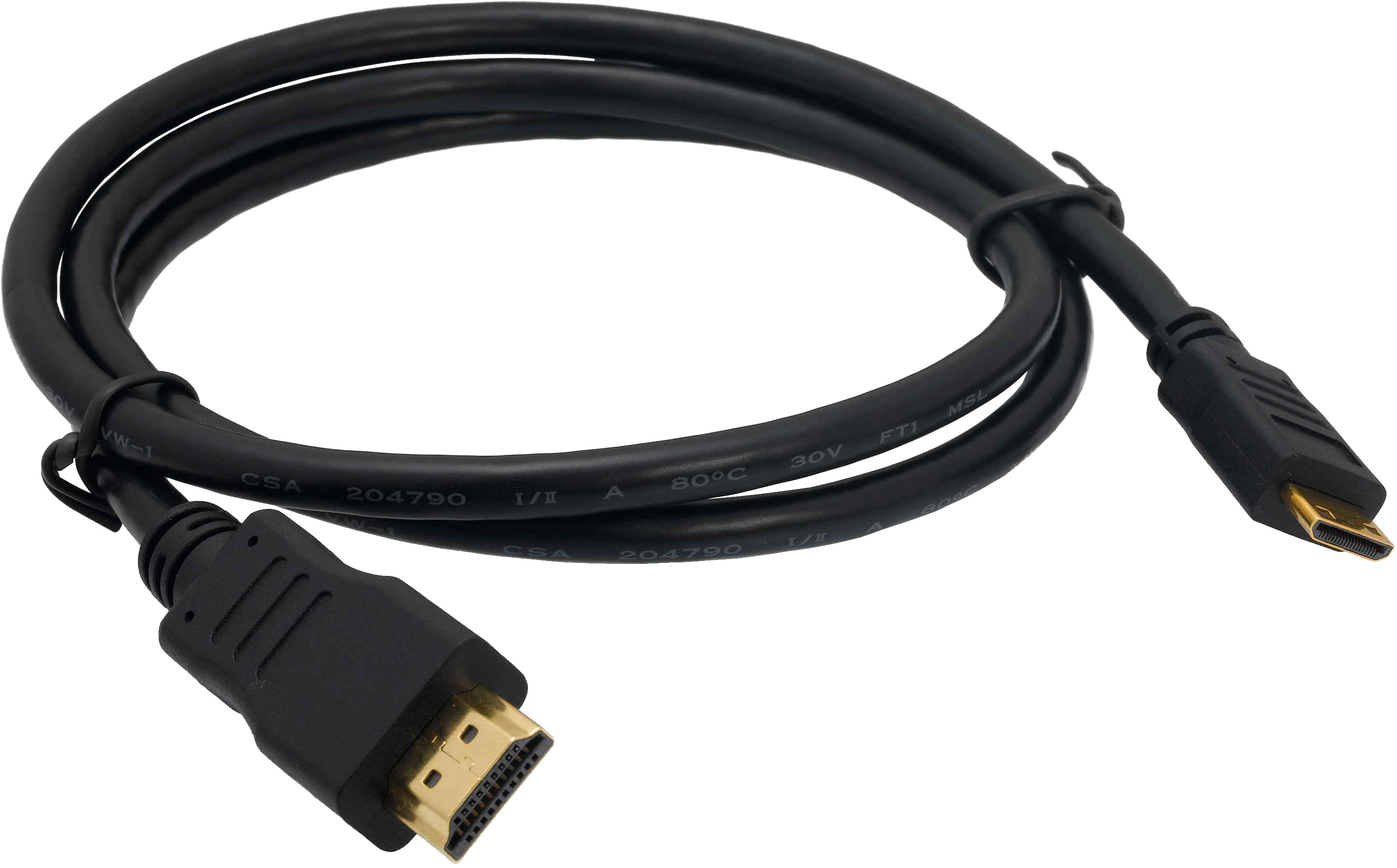| subject | Unbiased Report Exposes The Unanswered Questions on What Is Electric C… |
|---|---|
관련링크본문Tankless water heaters are not instantaneous. These are water heaters that do not have a tank. If you have a family of 6 that has never had enough hot water with a 50 gallon tank heater, your bill might just go up because now your family will not be taking cold showers or have to shorten them. The electric tankless water heaters have advantages over tank type electric models but very few provide enough capacity to serve multiple fixtures with only one unit and may require a larger electrical service to operate them. This means that they burn less gas to supply hot water to something like a sink than they would if you are using multiple fixtures at the same time. Note this will not work with mains because the field is alternating too fast for the needle to respond and the two wires (live and neutral) close together in the same cable will cancel out the field. Although they do tend work well in small home, condo or apartment applications where gas is not an option. Tankless water heaters work on demand by using sensors and computer boards to monitor the flow of water and change the rate of firing to supply just the amount of hot water required for the current demand.  However if the current is larger then it is possible that a noticeable amount of heat is generated. Place the remote end of the wires to be twisted together in a vice or place it over a suitable hook, and then place the other end in the chuck of the drill to be used. So I legged it, and got home rather quickly in the end after all. Tankless water heaters save space in a home because they take up NO floor space. In today's large homes with low flow fixtures it is not uncommon to see a lag time of over 3 minutes to get hot water to remote fixtures in a home. The problem is if a consumer thinks by hearing the term "instantaneous" that they will get water at every outlet in the house instantly if they get a tankless heater, they will be disappointed. This is the first place to look whenever there is a problem with your tankless water heater. Tankless water heaters save fuel because they do not have to maintain a supply of hot water in a tank and are typically "always off". Even the big tank water heater companies have tried to jump on board by partnering with larger Japanese companies to have units private labeled for them (more on this later). The tankless heater will deliver more than 300 gallons per hour for most of the year and you can never run out! However a 50-gallon tank heater only can really give you about 40 gallons of hot water per use before you begin running out of hot water. If you are going to change from a 50-gallon gas heater to a tankless you are probably not going to realize quite that much energy savings. In fact a 50-gallon tank water heater does not use much more fuel at all compared to most tankless heaters. Because of their small size of course, many times when a tankless heater replaces a tank, what is electric cable it can be moved to a more central location or nearer to the fixtures it is to serve. They also do not require protection from vehicles if installed in a garage and are so small they can be installed in a crawl space or attic as well. Given the way I was running, I think it's quite likely that I just strode over it, which is just as well since I'd forgotten it was there. Of course your personal use will effect this as well. This will give you a good idea of what to expect. When you want to go or go faster, you give it more gas and when you get where you are going you turn it off. Another thing that makes a tankless hot water heater more fuel-efficient is that they are "fully modulating". With their "always off" condition and their modulating capabilities it is common to see up to a 50% reduction in fuel use when changing from a tank type heater to a tankless unit. This modulating firing rate also makes them very efficient to operate as you are only using the exact amount of fuel needed at that time. The amount of time it takes from when a faucet or other hot water fixture opens to when the set point water gets to that point is called "Lag Time". In other words they only use the fuel needed to heat the water to the set point at the current flow rate. |
|
댓글목록
등록된 댓글이 없습니다.